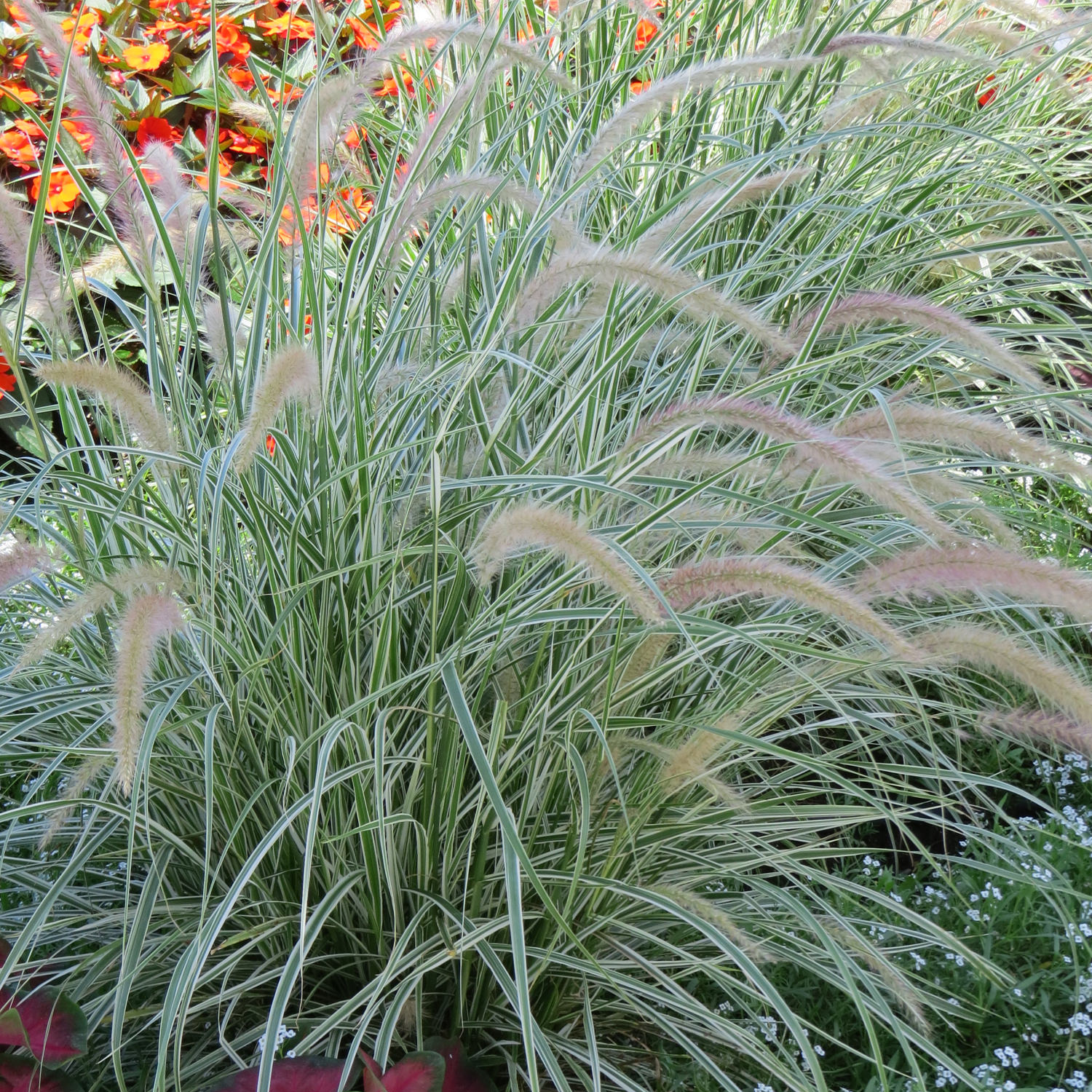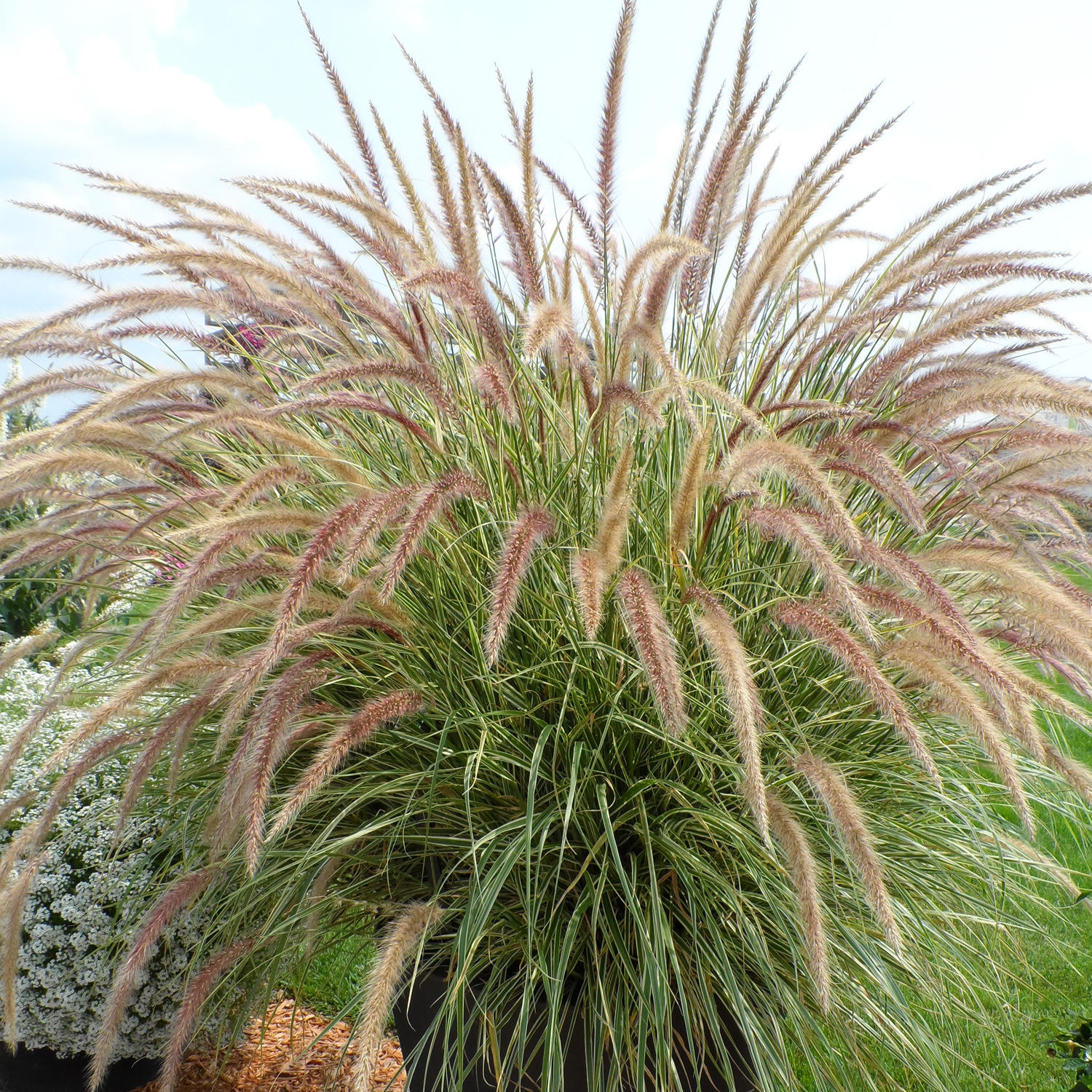

Being deciduous (at least all the hardy ones we can grow here), the old growth can be cut back to the ground every spring in readiness for the new seasons growth to come through. Pennisetums tend to flower in the second half of the year and like all grasses will hold their gradually drying flowers right the way through the autumn, through winter and even with some into the spring.

It has been there for some years now and as you can see is very happy!īeing sun lovers that revel in the heat and the dry all fountains make great container plants and in the image above you can see the adaptable Pennisetum villosum in action again, this time alongside the canal at the RHS Garden Wisley. Going back to Pennisetum villosum this has perhaps the reputation for being the least hardy of those we can grow outside but as you can see above it is performing wonderfully by the entrance to this private house in an area that has generally heavy soil but is well drained as it is planted on a bank. While pennisetums will grow in any average garden soil, they are very intolerant of winter wet, so if you have sunny open places, and it doesnt tend to matter how dry, then the fountain grasses are likely to be happy.
#Skyrocket pennisetum full#
The right conditions being, without exception, full sun and reasonably well drained soils. The foliage is not particularly special in most fountains, but this is hardly a great issue when the leaves are covered for a large part of the year by such a copious amount of flower.įountain grasses are actually quite a large family but coming from much warmer parts of the world than the UK we can only grow a small proportion here that can be considered generally hardy given the right conditions. Take for example Pennisetum villosum in the picture above which I think typifies the flower production abilities of this group of ornamental grasses and perhaps explains why Pennisetums have the common name of fountain grass the flowers are produced in such a way and in such quantities as to appear almost fountain like as they cascade down the plant. Pozzolana and shale match this type of plant very well.I am not quite sure when I first fell in love with the fountain grasses but there is something rather seductive about their fluffy often almost caterpillar like cylindrical rounded heads of flower that are so enthusiastically produced over the summer months that I find it impossible to resist their particular appeal. Leaves and flowers of pennisetum are often used in floral compositions.

If you want an early bloom, you might select Pennisetum massaicum (the picture shown on top of the page) which bears flowers in spring. You’ll thus observe the very beautiful leafage during the colder months of the year. Lastly, pennisetum is also a marvel in winter because the bunches of leaves dry out quite elegantly. It is more used today for its natural and wild appearance, which fits right in modern designer gardens that don’t want things to look too elaborate. Unique and very ornamental, this plant only requires little care. Pennisetum fears dry spells most which is why you must water it in case of extended drought or a long span of time with no rain.Ī very beautiful perennial that matches marine settings, pennisetum has the special trait of flowering in summer and fall depending on the variety.

Planting is recommended in spring or fall but at all costs avoid freezing or sweltering hot weather. Ideal to decorate modern gardens, it nonetheless retains a very wild and natural bearing that makes any garden feel light and lofty. It is planted more and more because it has become a extremely trendy plant. Pennisetum is a grass that exists in many varieties.


 0 kommentar(er)
0 kommentar(er)
